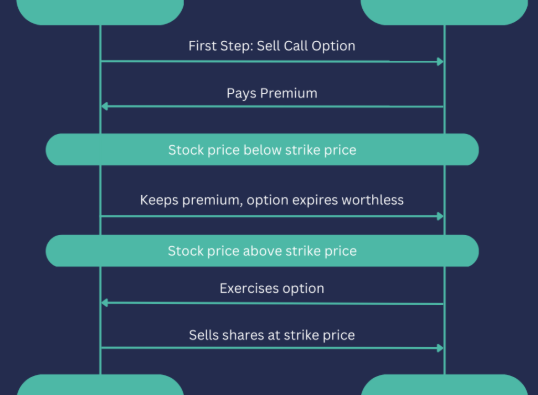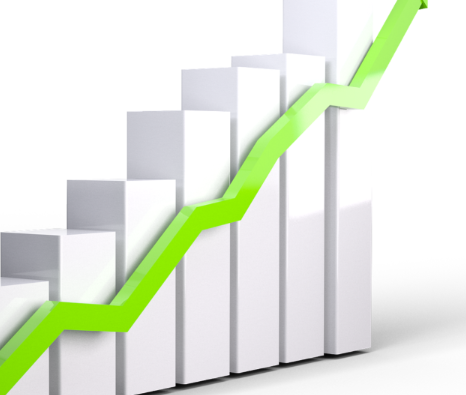
Navigating the financial markets can seem overwhelming, especially for those new to trading. Yet, one approach stands out for its practical application and popularity among traders: technical analysis. This method focuses on studying price movements and market patterns to make informed trading decisions. Whether you’re just getting started or looking to sharpen your skills, learning technical analysis can equip you with tools to navigate the market effectively.
Understanding Technical Analysis
Technical analysis is a methodology used to evaluate and forecast the future price behavior of financial instruments such as stocks, commodities, and currencies. Unlike fundamental analysis, which examines a company’s financial health, technical analysis focuses solely on historical price data and trading volumes.
By studying charts, patterns, and market signals, traders attempt to predict short-term price changes. This approach is driven by the belief that all market information is already reflected in the price, and patterns tend to repeat due to market psychology.
What Do “Technicals” Mean in Trading?
In the stock market, “technicals” refer to statistical indicators derived from price and volume data. These include moving averages, RSI (Relative Strength Index), MACD (Moving Average Convergence Divergence), and more. These tools help traders gauge market sentiment, identify trends, and determine potential entry or exit points.
Technical indicators are usually categorized into:
- Price-based indicators: Help assess momentum and trend strength.
- Volume-based indicators: Indicate the strength behind price movements.
- Breadth indicators: Offer insight into market participation levels.
Understanding and interpreting these signals allows traders to act on opportunities more confidently.
Why Learning Technical Analysis Matters
The stock market is unpredictable, but technical analysis offers a structured framework for navigating its volatility. Here’s why it plays a vital role in trading:
Increases Profit Potential
By analyzing patterns and signals, traders can spot opportunities to buy low and sell high. Timing trades accurately enhances the chances of making profitable moves.
Helps Minimize Losses
Risk management is an essential part of trading. Technical analysis provides tools like stop-loss levels and risk-reward ratios to help traders protect their capital during uncertain market conditions.
Aids Portfolio Construction
By monitoring market trends and evaluating asset performance, investors can allocate resources more effectively. Technical analysis supports diversified decision-making and ongoing portfolio optimization.
Steps to Learn Technical Analysis Effectively
Becoming proficient in technical analysis involves both education and practice. Here’s a step-by-step guide to learning this skill:
1. Understand the Core Concepts
Start by learning the basics—support and resistance levels, trend lines, chart patterns, and technical indicators. Books, online tutorials, and introductory courses are great for building a solid foundation.
2. Practice in a Simulated Environment
Avoid risking real money at the beginning. Use backtesting tools to see how your strategies would have performed historically. Alternatively, try paper trading accounts provided by many brokerage platforms, which let you trade in real-time using virtual funds.
3. Start Small With Real Trades
Once you’re confident in your understanding, begin trading with a small capital. Focus on consistency rather than large profits. Monitor your trades, evaluate results, and adapt your strategy based on performance and market feedback.
4. Commit to Ongoing Improvement
Markets evolve, and so should your knowledge. Regularly read market analysis, participate in trading communities, and attend webinars or workshops. Staying up-to-date ensures you can adjust your strategies as needed.
How to Apply Technical Analysis in Trading
Implementing technical analysis involves several key steps:
- Learn Market Terminology: Familiarize yourself with momentum, trendlines, breakouts, and retracements.
- Use Analytical Tools: Charting platforms offer various tools to analyze price patterns and signals.
- Apply Strategic Techniques: Combine different methods such as Fibonacci retracements, moving averages, and volume analysis to form a comprehensive view.
- Monitor Trends: Stay current with daily market shifts to refine your decisions.
- Regular Practice: Continuously analyze charts and test indicators to sharpen your instinct and accuracy.
Frequently Asked Questions About Technical Analysis
1. What is the main goal of technical analysis?
To identify profitable trading opportunities based on historical price data and recurring market patterns.
2. How is technical analysis different from fundamental analysis?
Technical analysis focuses on price and volume trends, while fundamental analysis evaluates a company’s financials and industry position.
3. Can beginners learn technical analysis on their own?
Yes, with dedication, self-study through books, online resources, and practice can lead to a strong grasp of the subject.
4. What tools do technical traders rely on?
They commonly use oscillators, moving averages, chart patterns, and volume indicators to make trading decisions.
5. How long does it take to become proficient in technical analysis?
With consistent effort, many traders develop a working knowledge in about three months, but mastery takes longer and involves continual learning.
Final Thoughts
Technical analysis is a powerful tool for traders who want to make data-driven decisions in the market. By learning how to interpret price movements, recognizing trends, and using reliable indicators, you can significantly enhance your trading outcomes. While it takes time and persistence, the skills you build will serve you across various financial instruments and market conditions.
Whether you’re investing casually or aiming to trade professionally, technical analysis offers a structured way to approach the markets and improve your financial decision-making.









